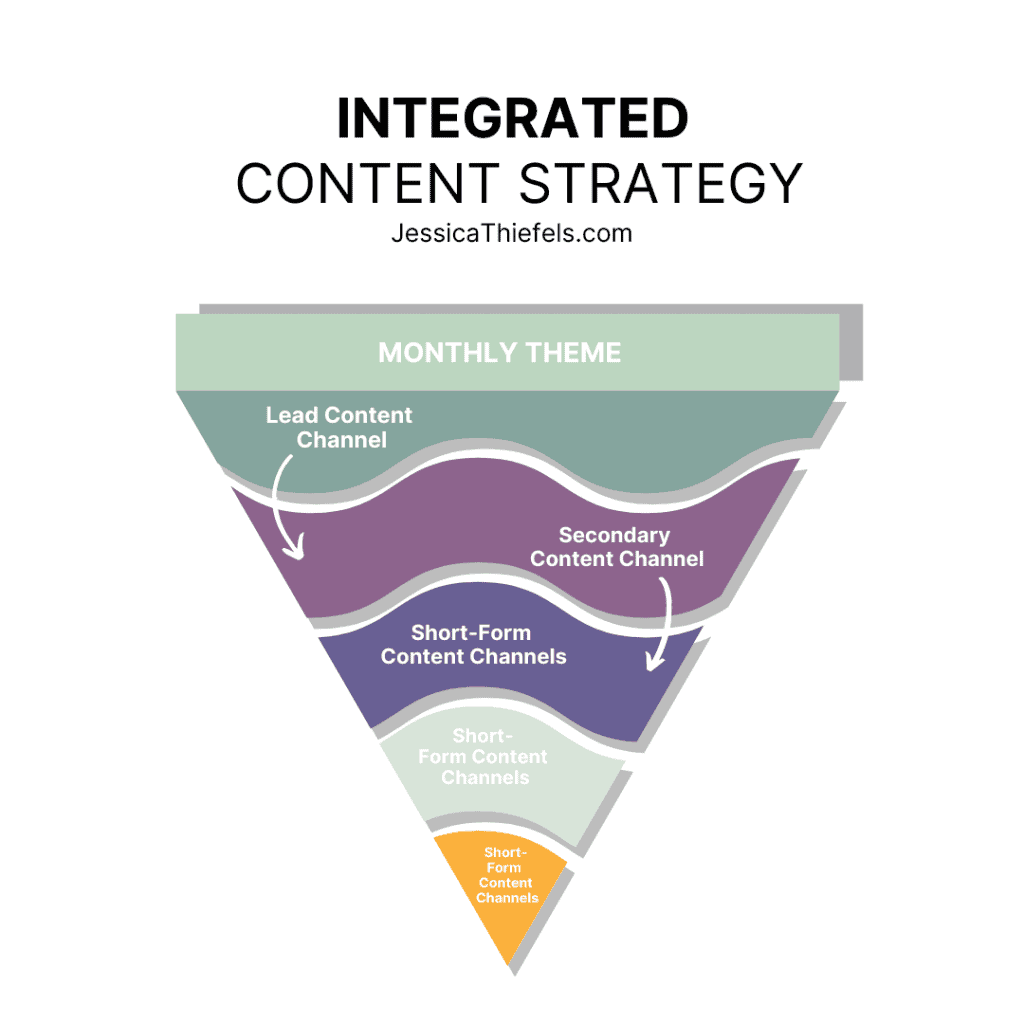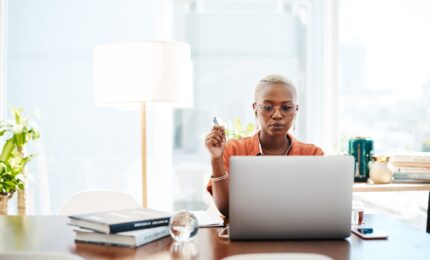Content governance refers to the processes, workflows, and frameworks that make your content possible. In other words, it’s the way you manage the entire content cycle, from ideation to sharing and measuring. When put together into a single plan, this is called your content governance model.
As a wellness brand creating a lot of content, content governance is your best friend because it allows for:
- Consistency
- Team cohesion
- Brand cohesion
- Efficiency
- Streamlined processes
All of this lends itself to overall business success because you’re wasting less time and money internally and presenting consistent and cohesive content externally. It also allows you to create authentic, educational, and value-based content that wellness consumers are craving right now.
Use the following steps, strategies, and ideas to develop your content governance model.
Keep Reading: 5 Ways Content Automation Can Streamline Your Process
Step 1: Create an Integrated Content Strategy
Step one of content governance is having clarity around how all your content fits together. This is the foundation from which you build roles, processes, and workflows. If you’re creating blog content, sending emails, writing social media posts, and recording podcasts, that’s great. The question is, how does it all fit together? I recommend looking at all your content as an upside-down triangle:

For example, your integrated content strategy might look like this:
- Theme: Anxiety tools and resources
- Primary: Blog posts
- Secondary: Podcast
- Short-form: Instagram and Twitter posts
- Short-form: Monthly newsletter
- Secondary: Podcast
- Primary: Blog posts
When setting a monthly theme, note that it can be used to inform the internal team of an overall direction rather than being customer-facing. Use it as a tool to support ideation and create cohesion between all your channels.
Listen to the Episode: How (And Why) To Create an Integrated Content Strategy
Step 2: Set Your Workflow
A single and clear workflow is key to creating content consistently, on-brand, and on time. This is especially true when you have multiple content channels, which most brands now do. It’s even more critical if you’re working with contractors, freelancers, an agency, or a distributed team. Without a workflow, you lack efficiency and clarity, which costs everyone time and the business money.
This process of content governance is actually very simple and comes down to identifying each step in the content creation and publishing process. Remember to consider every single step—this is about getting the process out of your head and onto paper.
Check out the example below from Hubspot. This is likely very close to what your workflow will look like.
You may have one workflow for your entire content creation process, a different one for each channel, or a different one for each aspect of the process. For example, your email workflow may look different than your blog content workflow. Conversely, all of this can live in one workflow that you move through each month.
The exact format will depend on how your team functions and what format works best for your needs. It can be as basic or complex as needed. The goal is to make sure the workflow accounts for each step taken so there are no questions from the team about what happens and when.
Step 3: Assign Roles and Deadlines
With the workflow finalized, it’s time to assign roles. This is one of the most important aspects of content governance because it makes managing the process easier and helps you hold your team accountable for their responsibilities. This means the work gets done, you’re able to create consistency, and as a result, drive growth while focusing on the most important aspects of your job.
Once roles are assigned, you also need to set due dates for each piece of your content governance model. To make this easier for everyone, you can keep the deadlines the same month over month. For example:
Team brainstorming meeting
Assigned: Everyone
Deadline: First Tuesday of every month
First draft of blog post 1
Assigned: Sarah
Deadline: 5th of every month
Instagram captions and hashtags written
Assigned: Brittany
Deadline: 10th of every month
My goal for all clients is to use this type of content governance model to start working ahead, ideally staying one month ahead at all times, which is why deadlines are important. If you plan, edit, and finalize all the content for November in October, then come November, all you have to do is publish and share. No scrambling. No inconsistency because it didn’t get done.
Step 4: Write it Down
This can’t all live in your head. It needs to be written down and managed somewhere that’s accessible to everyone. Luckily, there are dozens of tools to choose from, many of which I’ve used with various clients and internally. Here are a few I’ve seen work well for marketing teams:
The easy part is choosing a tool—the hard part is maintaining it. This means everyone has to be on board and in agreement to track progress and workflow through a single tool.
For example, all blog post documents need to be shared with the appropriate person or people through the tool, all feedback must be shared through the tool, etc. If this doesn’t happen, the process becomes messy and doesn’t work as it should.
Keep Reading: App SEO Isn’t Enough: The Power of Organic Search for Your Wellness Brand
Step 5: Assess Regularly
Your content governance model is not a static plan but rather a living organism. As your brand changes, your content efforts grow, or your team expands, so will the way you manage the entire process. This is why it’s important to check in at least once each year. Do a quick audit of your current process to make sure it’s still working.
Create Your Content Governance Model Now
Having a content strategy is important—but this is different. This ensures that your content strategy is executed, consistently and effectively. If you know you need a content governance model like this, but don’t know where to start, let me help you. Together we’ll create a plan, put it into play, and get your team moving cohesively and effectively.




